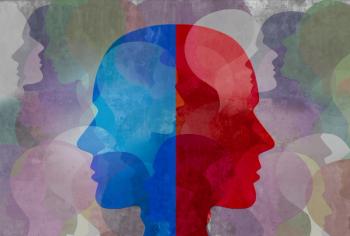
|Slideshows|January 11, 2019
6 Diagnostic Features of Hoarding Disorder
Author(s)Ryan McCarty, Carol A. Mathews, MD
People with HD can experience social isolation, divorce, separation or alienation from family members and friends, not to mention risk of injury or death.
Advertisement
View the slides in PDF format.
Newsletter
Receive trusted psychiatric news, expert analysis, and clinical insights — subscribe today to support your practice and your patients.
Advertisement
Latest CME
Advertisement
Advertisement
Trending on Psychiatric Times
1
Programs for ST-905 and ST-905 for Schizophrenia and Depression Launched by Syremis Therapeutics
2
Psychiatry and Artificial Intelligence in 2025
3
Competence and Compassion in the Reiner Family Tragedy
4
Latest Alzheimer Disease Data: Reports from CTAD 2025
5

















